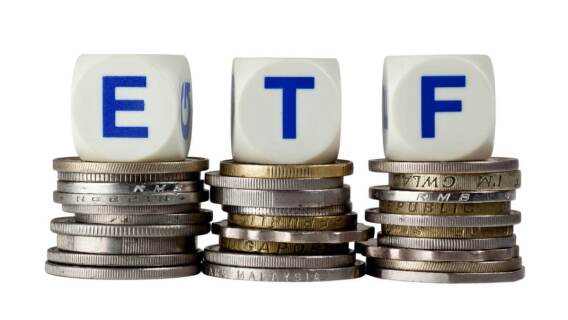What’s the safest way to own bonds when interest rates are rising? That’s a question many investors, especially in bond ETFs, ask when they see rising interest rates and worry about a “bear market in bonds.” While there are safe ways to own bond ETFs in a rising-rate environment, there are also lots of unsafe ways. Below I’ll tell you which bond ETFs are safe to own in a rising rate environment, and which are most dangerous.
Why Do Interest Rates Rise?
In 2018, when the yield on the 10-year Treasury surpassed 3% for the first time since 2014, alarms went off.
That’s because economic data would suggest the Fed would soon have to start hiking their benchmark rate more quickly to keep inflation around their 2% target. The U.S. unemployment rate dipped below 4% in the same period, its lowest level since 2000. Keeping unemployment low is one-half of the Fed’s “dual mandate,” so, with the job market returning to health as the Covid-19 pandemic retreats, central bankers are focusing solely on their primary goal right now—reining in inflation.

Get My Free Report Now

Get My Free Report Now

Get My Free Report Now

Get My Free Report Now
Interest-Rate Risk
As yields on newly issued debt increase, demand for older, lower-yielding debt decreases. That drives down the price of existing bonds and causes the aforementioned “bear market” in the bond market.
That’s a particularly dangerous situation for investors in bond ETFs. Many bond ETFs own a portfolio of bonds with similar maturities. For example, the Vanguard Intermediate-Term Corporate Bond ETF (VCIT), one of the most popular bond funds, owns bonds maturing in five to 10 years. When the bonds have less than five years to maturity, Vanguard sells them to maintain the portfolio’s duration. That means they’re forced to regularly unload bonds at the shorter end of the yield curve while buying bonds at the longer end of the curve. This situation is called interest-rate risk or yield-curve risk, and in a rising-rate environment, it will gradually drive down the value of the fund.
How to Avoid Interest-Rate Risk
One of the easiest ways to decrease your interest-rate risk is to buy a shorter-duration bond fund, like the Vanguard Short-Term Bond ETF (BSV). BSV holds bonds with maturities of one to five years, so it has much lower interest-rate risk than an intermediate-term ETF like VCIT and is less sensitive to interest-rate changes.
Of course, you give something up for this stability. In general, the safer and shorter the duration of a bond, the less it yields.
Constructing a bond ladder is another way to limit your interest-rate risk, and will also secure you an income stream that rises as benchmark rates rise.
How to Construct a Bond Ladder
Bond ladders are a way of creating your own adjustable-rate income stream by buying a series of bonds or bond funds with staggered maturity dates. Then, as each security matures, you reinvest the proceeds in a new security at the top of the ladder, which becomes your new longest-dated security. If interest rates are rising, the new investments will have higher coupon rates than the investments rolling off the bottom of the ladder, and your yield will gradually rise.
While longer-term bonds yield more, shorter-duration fixed-income investments carry less interest-rate risk. In other words, if you expect rates to go up further, you’ll want your longest-dated bond to still mature fairly soon (probably within five years) so you’re not stuck holding a bunch of very low-yield fixed-income investments for a long time.
The most important part of creating a bond ladder that will preserve your capital and work in a rising-rate environment is that you only buy individual bonds or defined maturity bond funds. Unlike standard bond funds, bond funds with maturity dates hold bonds maturing in a specific year and will dissolve and distribute their assets to investors at the end of that year, just like when a regular bond matures.
The Best Bond ETFs
Invesco offers bond ETFs maturing over the next decade called the PowerShares BulletShares funds. Invesco offers an investment-grade and a high-yield fund for each year, so you can balance safety and yield by choosing one or the other, or mixing both in your bond ladder.
Whichever funds you choose, when the first maturity in your ladder arrives, you can keep your bond ladder intact by reinvesting the redemption value into a new security at the top of the ladder. This will maintain your income stream—and with rates rising rapidly again, it will grow over time.
How are you managing interest-rate risk in your own portfolio?
*This post is periodically updated to reflect market conditions.
